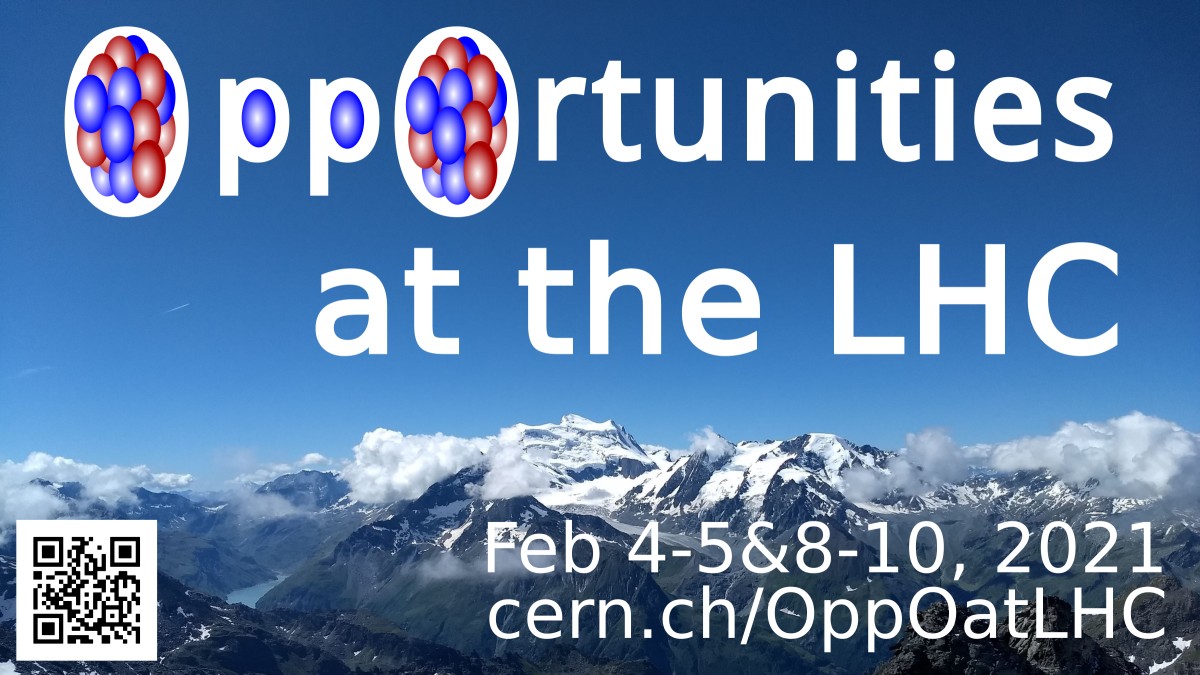My first organized workshop

One month ago my CERN colleagues Jasmine Brewer, Wilke van der Schee, and I launched the organization of our first big scientific event—a physics workshop to discuss the future opportunities with oxygen ions at the LHC. I had no previous experience in organizing such event,s and I was, therefore, a bit unsure about the success of our endeavour. However, now I am proud to announce that with over 20 scheduled talks and over 100 registered participants, our virtual 5-day workshop Opportunities of OO and pO collisions at the LHC is going to take place Feb 4-5 and 8-10, 2021.
First, I want to thank my co-organizers, Jasmine and Wilke, who made the workshop organization a breeze. True, we had to draft and send an endless number of emails, but it was a pleasure to have such enthusiastic and reliable teammates. Organizing a virtual event has the benefit that there is no need to worry about travel, physical rooms, accommodation, and coffee delivery. However, we will certainly miss seeing each other in person, having small discussions, and being in the same place and time-zone.
2018 CERN Yellow Report on Future physics opportunities for high-density QCD at the LHC with heavy-ion and proton beams discussed the possibility of injecting LHC with oxygen (O) ions during Run 3. Recently, my collaborators and I proposed how OO collisions could be used to discover partonic rescattering in small collision systems. Other groups have also started to look more systematically at the physics opportunities of light ion runs. Currently, LHC is preparing to restart for Run 3 after the Long Shutdown 2, therefore our timely workshop will bring together the physics community to discuss the unique opportunities with oxygen ions at the LHC.
Normally the LHC complex accelerates hydrogen and lead ions. The hydrogen ion, i.e. proton (p), collisions were used to discover the Higgs boson, while lead ion (Pb) collisions create extremely dense lumps of nuclear matter, which is the object of study in my area of condensed QCD physics. Because ${}^{208}{82}$Pb ions have 208 nucleons (protons plus neutrons), one PbPb collision can concentrate much more energy in a rather small volume of space and time, than a single pp collision. Similarly, gold nuclei are used in US hadron collider–RHIC. Consequently, this area of particle physics was traditionally called _heavy-ion physics. However, surprisingly many signatures of the formation of dense QCD matter have been observed at the LHC in pPb and pp collisions, the so-called small systems, and the correct interpretation of these signatures is one of the most debated issues in the field.
Oxygen is used as a carrier gas for Pb and is readily available at the CERN heavy-ion source. Because of its smaller electric charge, \({O}^{16}_{8}\) experiences significantly smaller electromagnetic losses, and therefore oxygen beams can reach much higher luminosities than Pb. This allows even a short run with oxygen to collect a meaningful amount of experimental data. The charge-mass ratio of 1/2 dictates that OO center-of-mass energy (per nucleon pair) is half of that of pp.
Oxygen ions are considerably smaller than Pb, and OO collisions create a similar sized system to pPb and just 5 times larger than average pp collision. Therefore collisions with oxygen ions open a new experimental window into poorly understood transition regions between small and large systems. Controlled pO collisions are also of great interest for understanding how cosmic rays (high-energy protons from outer space) interact with the atmosphere. I am very excited about future possibilities of LHC as (also) a light-ion machine, and I look forward to the discussion of these OppOrtunities at the workshop!
Enjoy Reading This Article?
Here are some more articles you might like to read next: